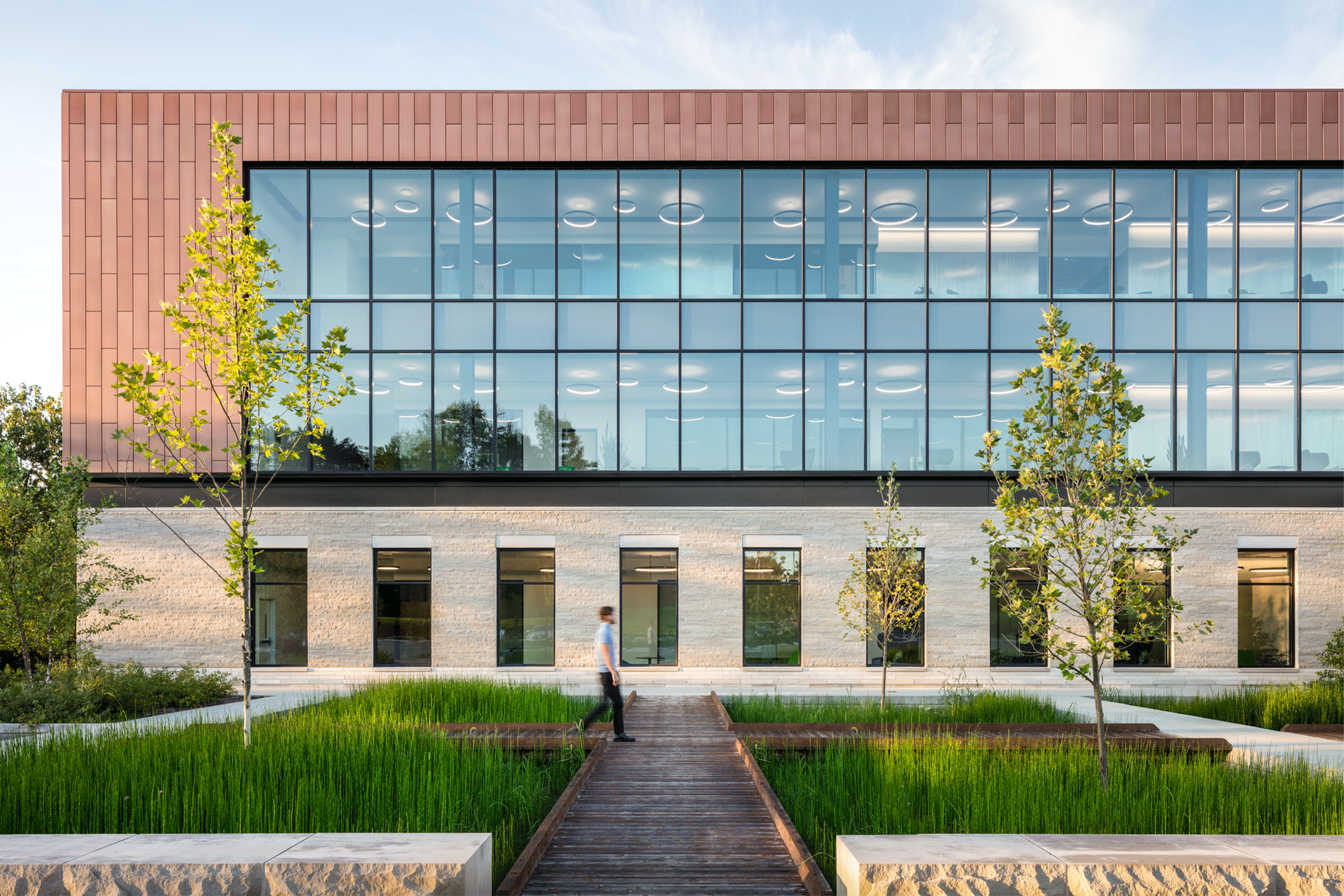
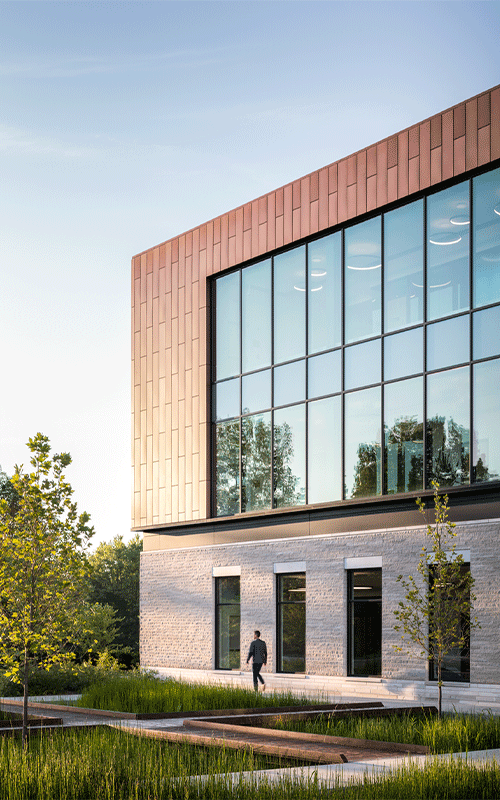
Mental Health in Architecture: Building Better from Within
Insights
Let’s address the elephant in the room (or should we say) “the load-bearing problem everyone’s been designing around”.
Architects spend their careers crafting elegant solutions that amplify the human experience and lift the spirit. But their own well-being? That is an often neglected priority. Behind those Instagram-worthy renderings lies a profession quietly struggling, with architects experiencing depression at rates 50% higher than the general population. Recent studies reveal that 33% of architecture students screen positive for moderate to extremely severe depression, while 46% show similar levels for anxiety (Archinect, 2023).
People:
The Human Cost of Design
Architecture creates a unique combination of stressors for the people who practice it. Designers channel both Spock (logical, precise, technically perfect) and Picasso (creative, inspired, emotionally expressive) while bringing clients’ dreams to life, honoring their needs and aspirations.
The statistics paint a troubling picture across design disciplines. Interior designers report leaving the profession at alarming rates due to stress-related factors (Mulholland, 2024). The stigma around mental health in traditionally male-dominated construction and architecture fields creates additional barriers, with many professionals suffering in silence rather than seeking support (PR Newswire, 2024).
These pressures manifest differently across career stages: students face academic intensity and uncertain prospects, mid-career professionals juggle deadlines with family responsibilities, while senior architects shoulder business development, mentorship, and project/studio leadership pressures. Our profession should strive to match the excellence of our design work with equally excellent care for the people who create it.
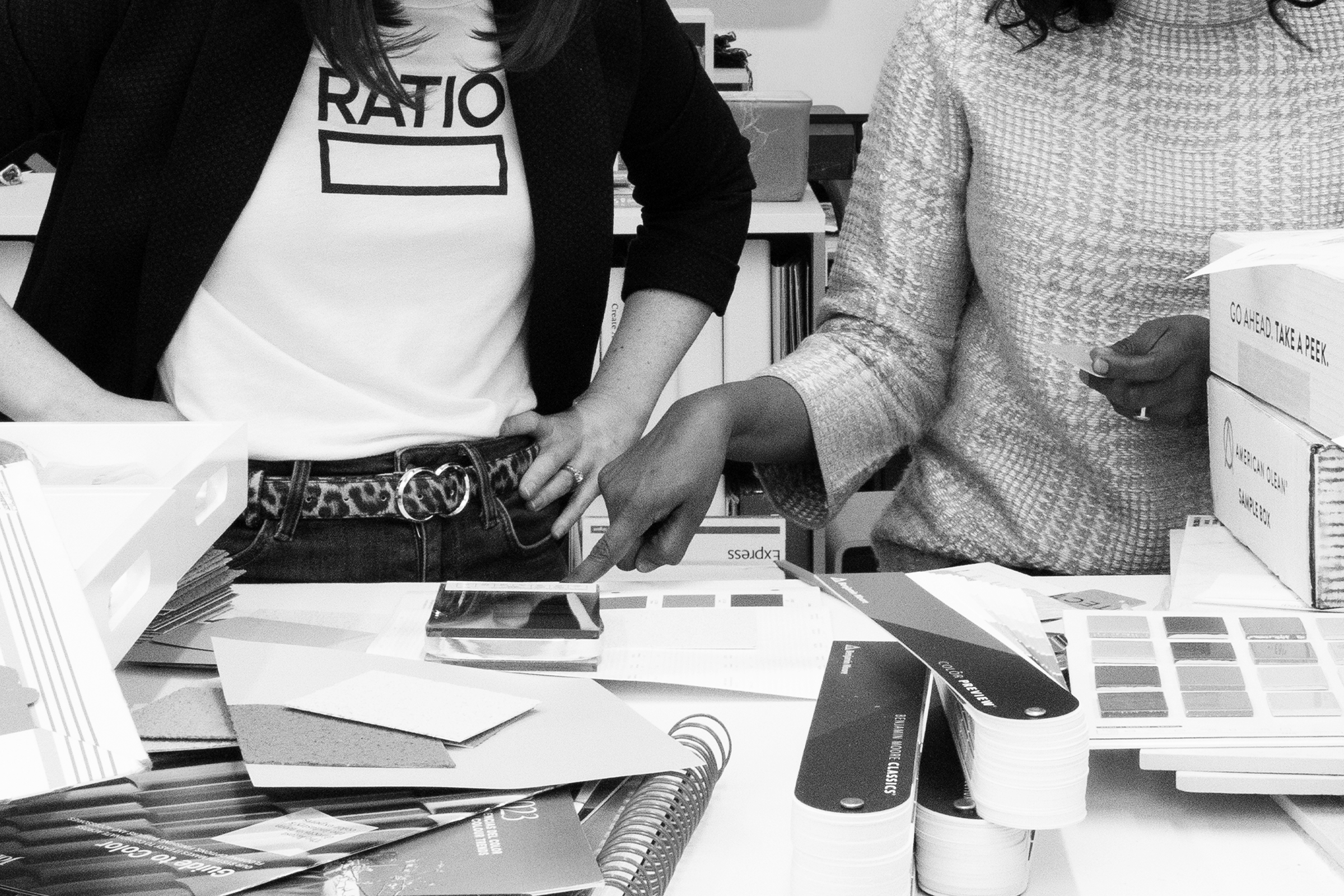
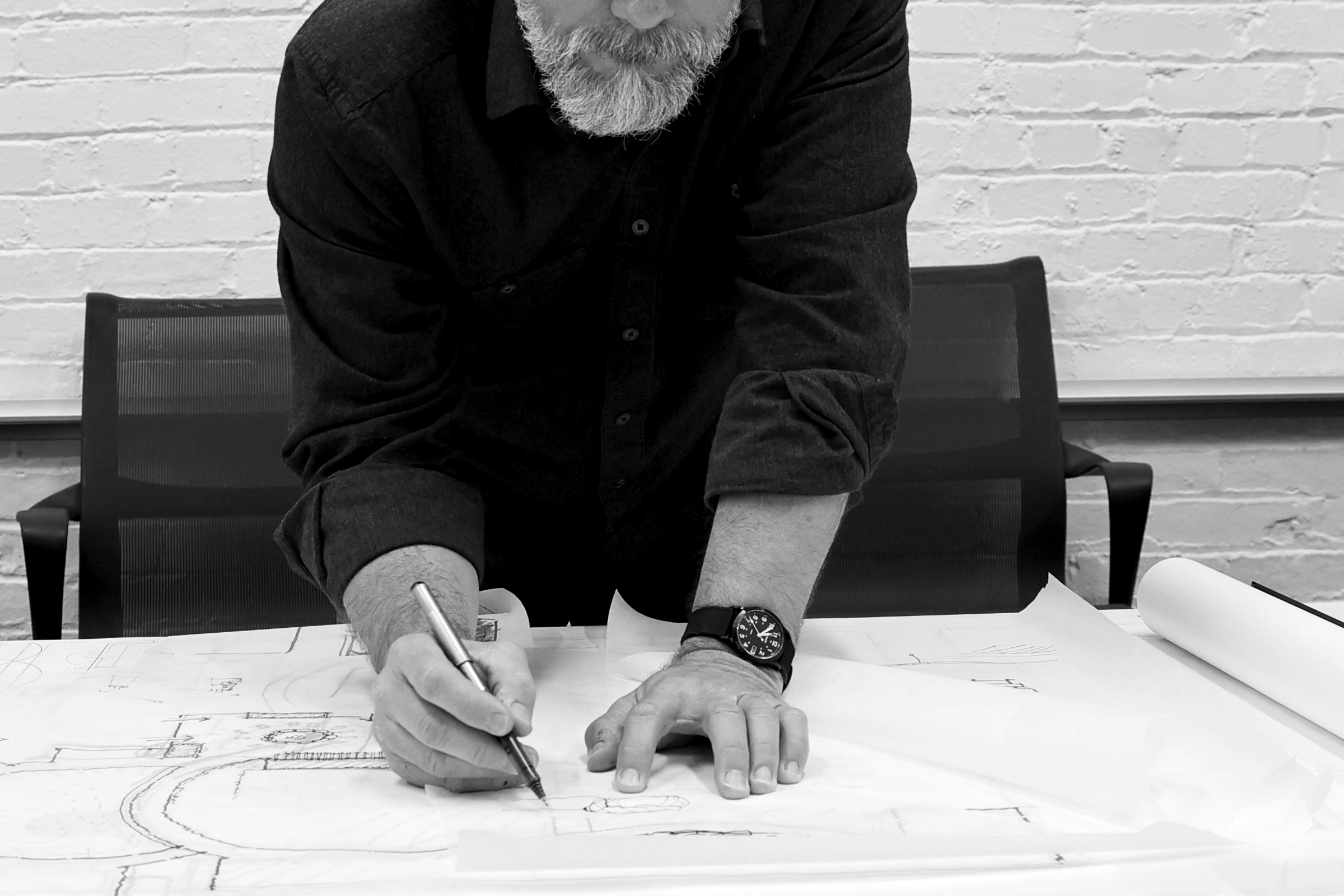
Purpose:
Redefining Professional Success
Here’s the revolutionary idea: keeping people mentally healthy isn’t just nice, it’s fundamental to fulfilling our purpose as we design the world around us. We must focus on implementing real solutions that align with the overall mission of our industry: improving the human experience. We need to continue to find ways to shape our process to include regular check-ins where our teams can discuss workload concerns without fearing for their job security. Additionally, we need to provide meaningful mental health support and strive to build realistic project timelines that don’t sacrifice humanity.
The business case keeps proving itself in our own studios. When we prioritize our people, we attract top talent, reduce turnover costs, and see improved creative output from teams that actually want to be there. Purpose-driven policies can make tangible differences: comprehensive mental health coverage removes barriers to professional help, flexible work arrangements acknowledge that creativity doesn’t punch a time clock, and mentorship programs create the human connections that combat the isolation so many of us know too well.
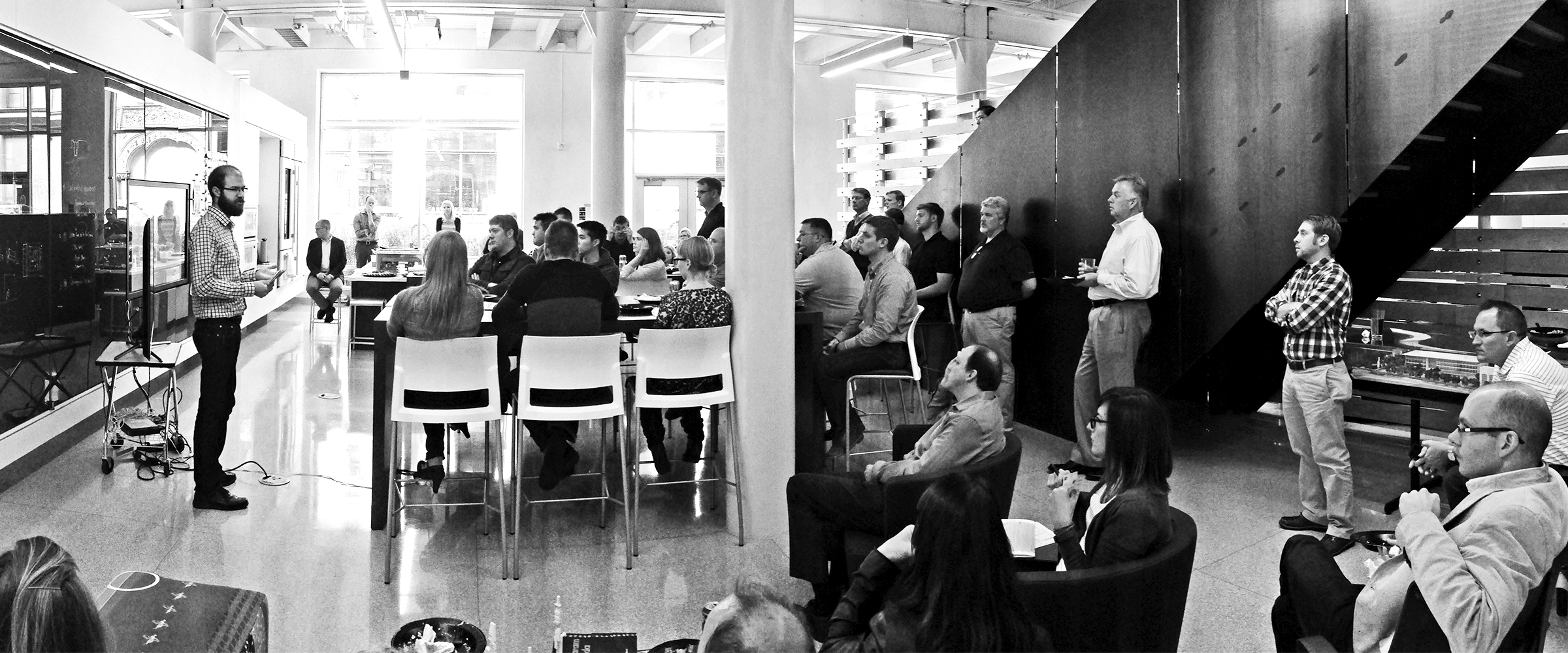
Place:
Designing Environments That Heal
This is where architects get to practice what they preach. The physical workspace becomes a demonstration of design principles, with environments that actively support mental health. Evidence-based strategies include optimizing natural light to regulate circadian rhythms, using acoustic design to create focus rather than distraction, and incorporating biophilic elements that tap into our fundamental connection to nature.
These principles extend to the places we design for others. Landscape architects have pioneered research showing how thoughtfully designed outdoor spaces can significantly improve mental health outcomes (ASLA, 2019). Green infrastructure, therapeutic gardens, and biophilic design elements don’t just look good, they measurably reduce stress, improve mood, and support psychological wellbeing.
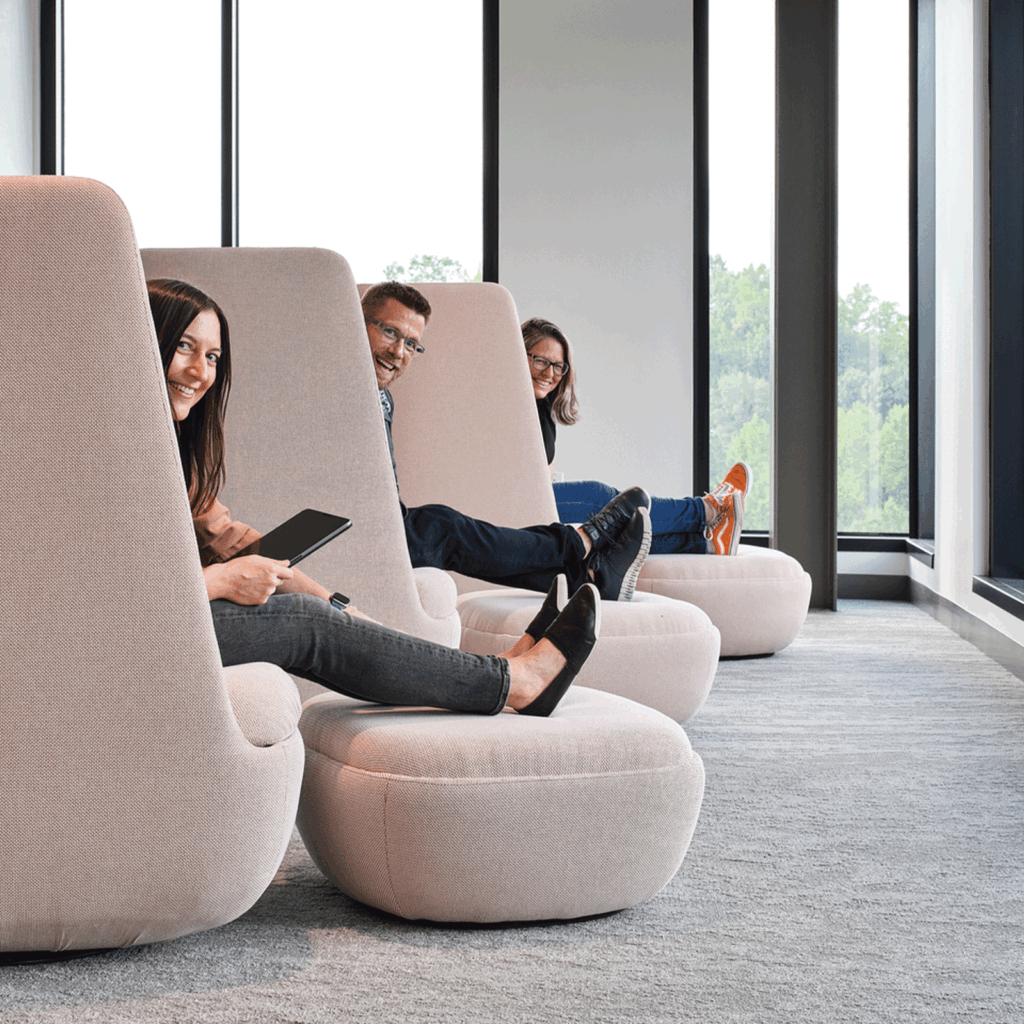
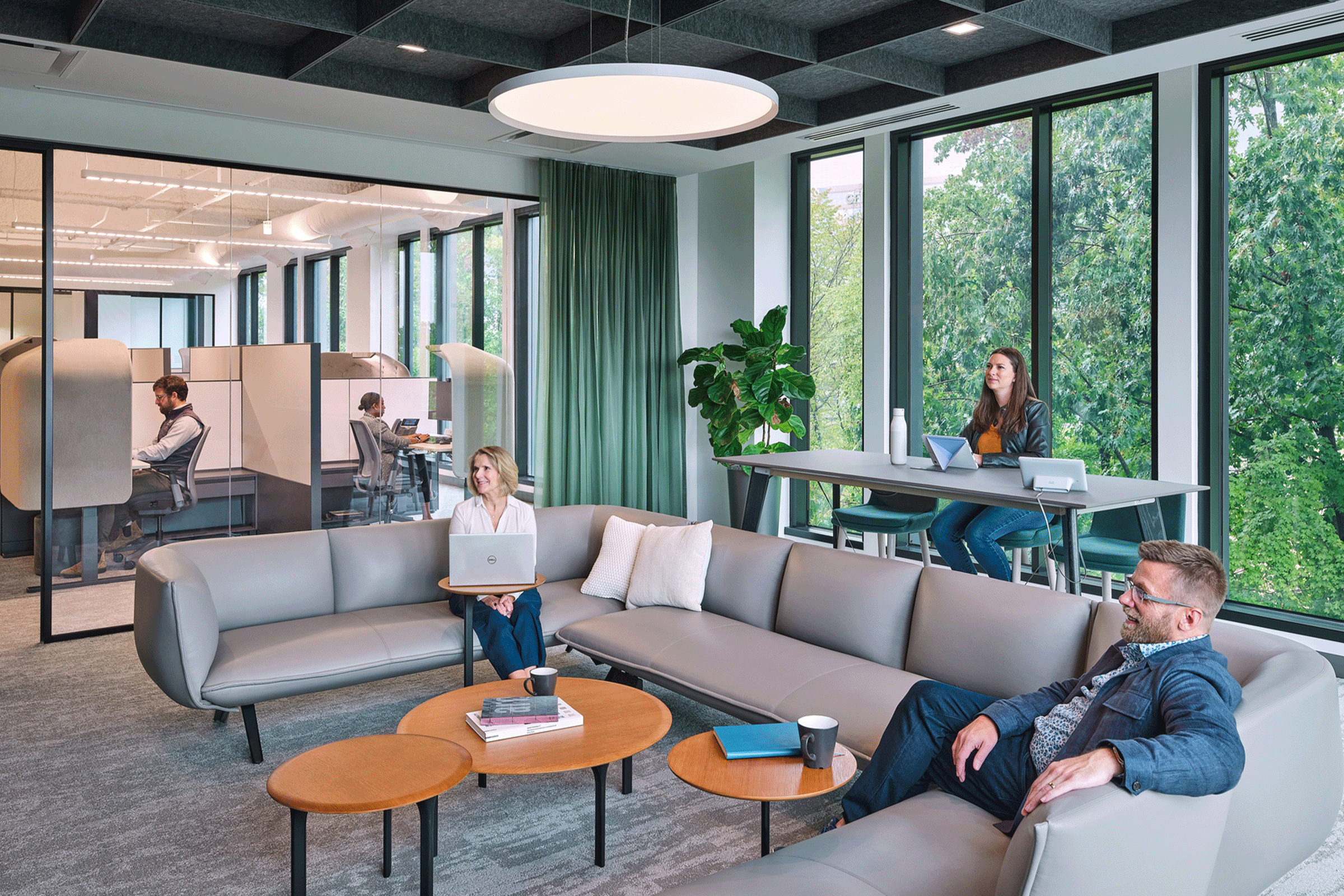
Building Forward
Individual firm changes must connect to broader transformation across our profession. The path forward requires alignment: supporting our people through meaningful policies and leadership, staying true to our purpose of enhancing human experience, and creating places that actively promote mental health and wellbeing.
Architecture has spent decades perfecting beautiful, functional spaces for everyone. Prioritizing the health, well-being, and experience of others, yet neglecting ourselves. It’s time to apply that same design thinking to our own professional environment. The profession that shapes human experience has the power to heal, starting with healing itself.
References
- Archinect. (2023). Archinect’s 2023 Mental Health Survey Results.
- American Society of Landscape Architects. (2019). Landscapes for Better Mental Health. The Field.
- Mullholand, Susan. (2024). Why stress is causing interior designers leave the profession.
- PR Newswire. (2024). Construction in Crisis: InterArch Jobs Raises Awareness for Men’s Mental Health Month.
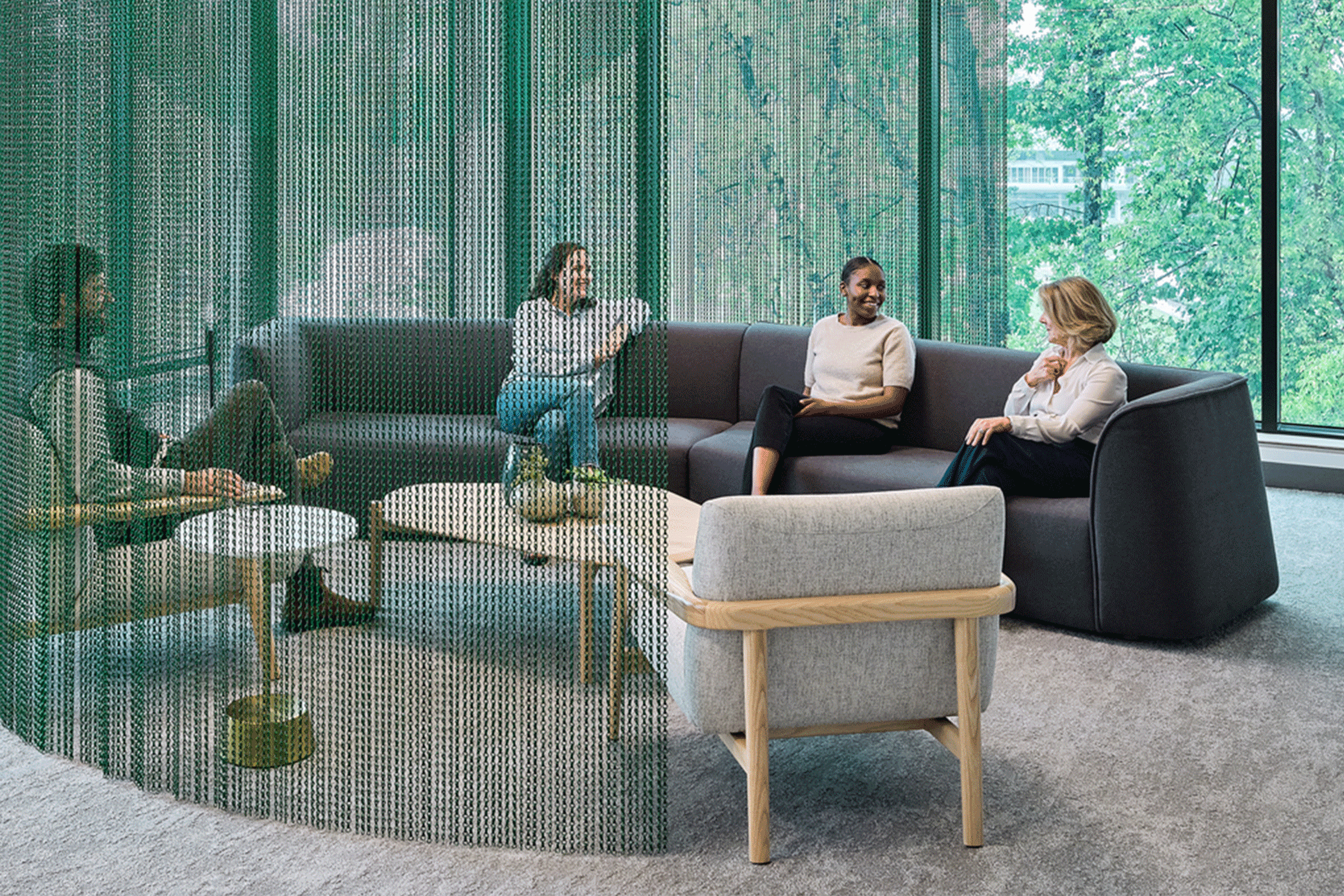
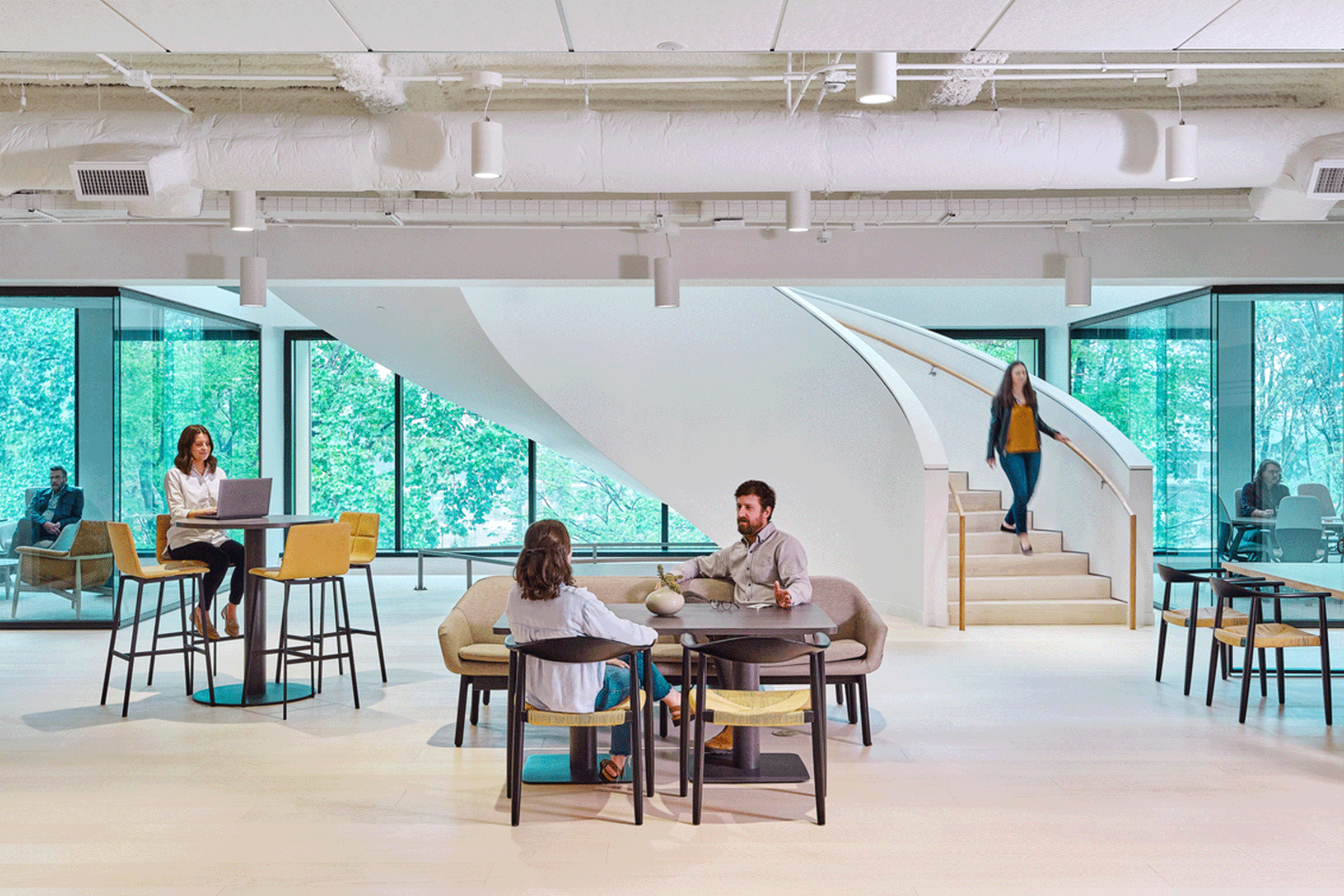
Concrete Steps Firms Can Take Today
Structural Changes:
- Implement “design health” reviews that evaluate project timelines and workload for sustainability
- Create anonymous feedback systems for workload concerns without career risk
- Establish “right to disconnect” policies respecting after-hours boundaries
- Continue to strive for realistic schedules accounting for iteration and revision cycles
Mental Health Support:
- Provide comprehensive mental health coverage with minimal barriers
- Partner with professionals who understand creative industry stressors
- Offer confidential Employee Assistance Programs and support mental health days
Cultural Shifts:
- Train managers on Emotional Intelligence and to recognize and support burnout rather than add pressure
- Create mentorship programs pairing junior and senior staff
- Host regular workload discussions in psychologically safe environments
- Celebrate process, learning, and the joy of design, not just deliverables
Flexible Practices:
- Offer hybrid work acknowledging creativity doesn’t follow 9-to-5 schedules
- Implement flexible scheduling for peak creativity and personal responsibilities
- Create varied office spaces supporting different work styles and mental states
Professional Development:
- Include wellness and stress management in continuing education
- Support mental health conference attendance and internal wellness workshops
